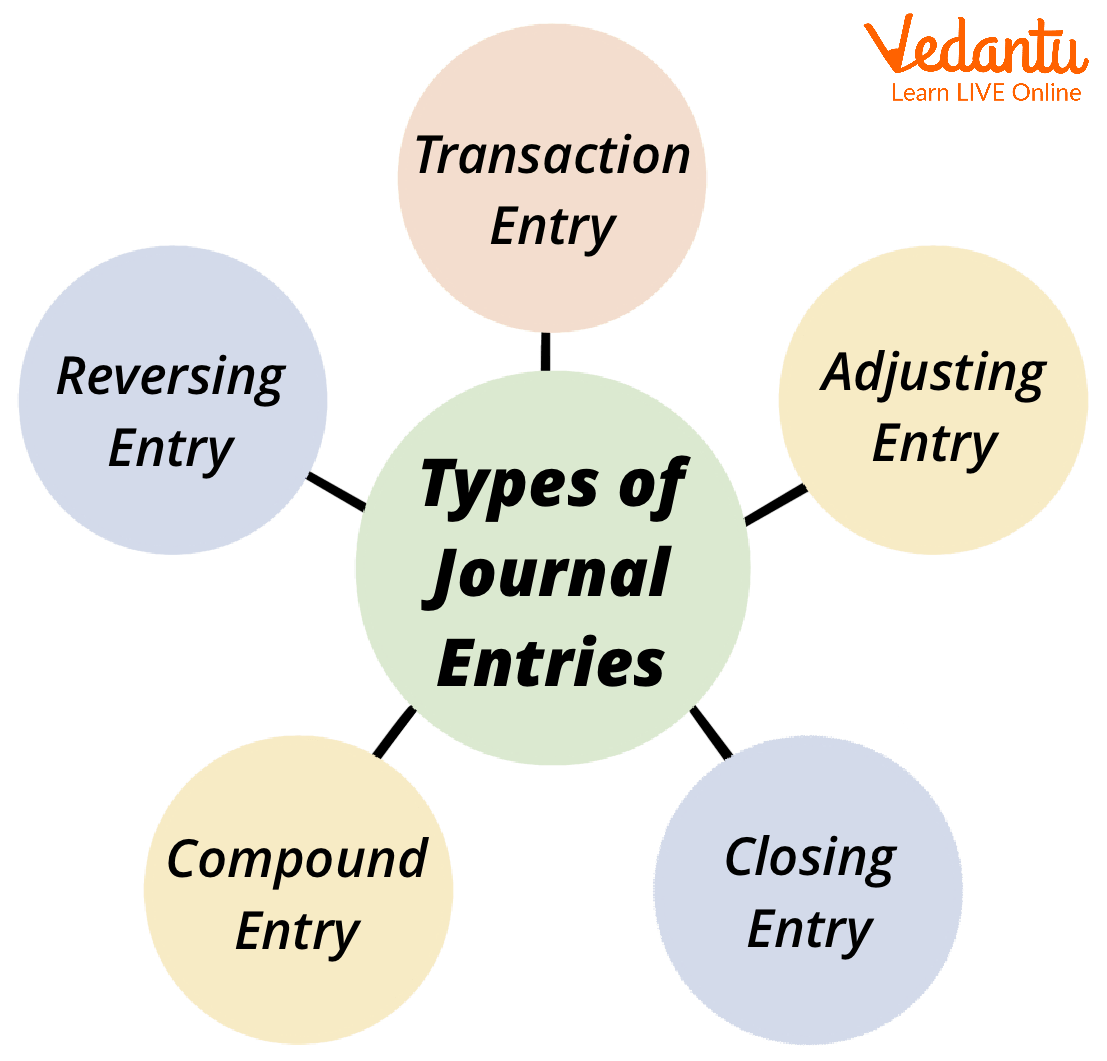
The examples and/or scurities quoted (if any) are for illustration only and are not recommendatory. Typically, these funds are required to use MTM on their portfolios on a daily basis. This allows the fund managers to calculate the fund’s net asset value (NAV), which tells investors what their units are worth on any given day. As a result, many businesses can go bankrupt, setting off a downward spiral that makes a recession worse. Mark to market account is a legal accounting practice, and is overseen by the FASB. Though it has been used in the past to cover financial losses, it remains a legal and viable method.
Example 3: Trading Securities
The first step in the MTM process is to determine the original purchase price of the financial instrument. This is typically the price that the investor has paid to acquire the asset. By using the MTM method, Berkshire Hathaway provides a transparent report to their investors, reflecting that their stock portfolio significantly declined in value during the year.
Mark to market accounting Enron collapse

For Over-The-Counter (OTC) derivatives, when one counterparty defaults, the sequence of events that follows is governed by an ISDA contract. When using models to compute the ongoing exposure, FAS 157 requires that the entity consider the default risk (« nonperformance risk ») of the counterparty and make a necessary adjustment to its computations. Other major industries, such as retailers and manufacturers, have most of their value in long-term assets, known as property, plant, and equipment (PPE), as well as assets like inventory and accounts receivable. They are recorded at historic cost and then impaired as circumstances indicate.
FAS 115
Consult with your accountant or another financial advisor if necessary – each company’s situation varies. However, this should not deter you from making sound investment decisions based on long-term potential. This approach is a little different from traditional cost accounting, offering unique when can you file your taxes this year advantages that can be vital for your business. Thus, FAS 157 applies in the cases above where a company is required or elects to record an asset or liability at fair value. Discover how to reduce taxable income with smart financial strategies that can help mitigate the impact of MTM losses.
Can Mark to Market result in unrealized gains or losses?
Mark to Market accounting involves recording the value of an asset or liability at its current market value. Unlike historical cost accounting, which records assets at their original purchase price, MTM reflects real-time fluctuations, giving a clearer picture of an entity’s financial health. This method is commonly used in industries with volatile markets, such as stocks, bonds, and commodities. While MTM offers greater accuracy, it also introduces volatility into financial statements, especially during periods of market instability.
- MTM directly influences profitability records and shareholders’ equity and can significantly affect public opinion of your business and stock prices.
- Consider a situation wherein a farmer takes a short position in 10 rice futures contracts.
- Marked to market calculations assume that all open positions and transactions are settled at the end of the day and new positions are opened the next day.
- Suddenly, all of the appraisals of their worth were detrimentally off, and mark-to-market accounting was to blame.
KenWoodPC’s Approach to Managing Overhead Costs
Choose CFI for unparalleled industry expertise and hands-on learning that prepares you for real-world success. The previous year’s loss is written off from the first available gain, and if there is an excess gain over and above the loss, it is recorded in the books as Gain on Securities. When word got out about the bank’s losses, worried depositors withdrew huge sums of money, leading to the bank’s swift collapse and takeover by the Federal Deposit Insurance Corporation. However, the treatment would be the same even if there was a portfolio of many investments.
A narrow exception is made to allow limited held-to-maturity accounting for a not-for-profit organization if comparable business entities are engaged in the same industry. Financial services, such as investment banks, rely heavily on MTM accounting to evaluate their portfolios. In this industry, assets like stocks, bonds, and derivatives must be valued at their current market rate to ensure that portfolios are accurately represented. MTM helps financial institutions stay compliant with regulations and give investors a clear snapshot of their holdings. In this process of mark to market accounting method, the amount has to be recalculated on a regular basis, then the values are accordingly adjusted as per the market condition, and then arrive at the current value.
It’s important to note that market-based measurements of assets don’t always reflect the true value of the asset if the price is fluctuating wildly. Also, in times of illiquidity–meaning there are few buyers or sellers–there isn’t any market or buying interest for these assets, which depresses the prices even further exacerbating the mark-to-market losses. Depreciation is always calculated based on historical cost whereas impairments are always calculated on mark-to-market. Physical assets are more often recorded at historical cost whereas marketable securities are recorded at mark-to-market.
But there is not a liquid market for this bond like there is for Treasury notes. As a result, an accountant would start with the bond’s value based on Treasury notes. He would reduce the bond’s value, based on its risk as determined by a Standard and Poor’s credit rating. An accountant reprices the asset according to the quoted rate in the market. If the Treasury yield rate rose during the year, the accountant must mark down the value of the notes.
There is, however, a big issue in keeping up with changes in market values. MTM accounting can impact the income statement by changing the value of a company’s assets or liabilities. For example, take the case of a publicly traded company that holds stocks and bonds.



